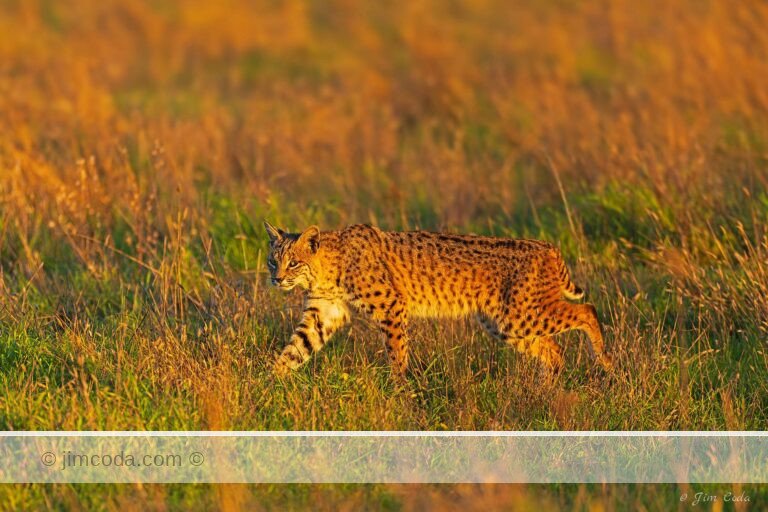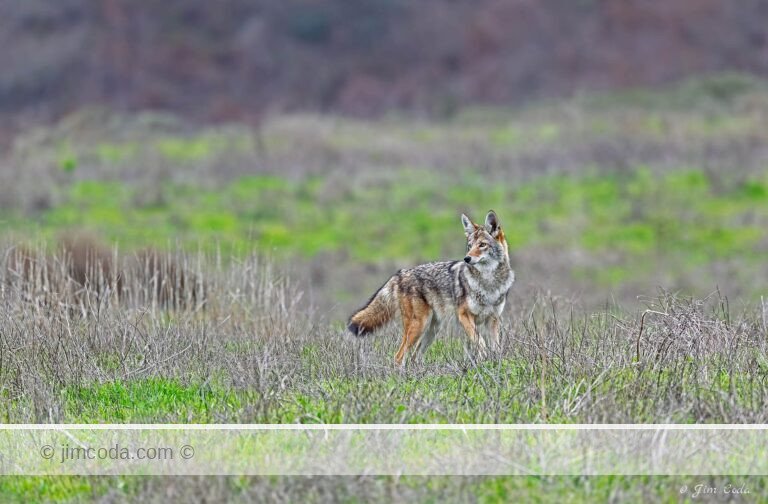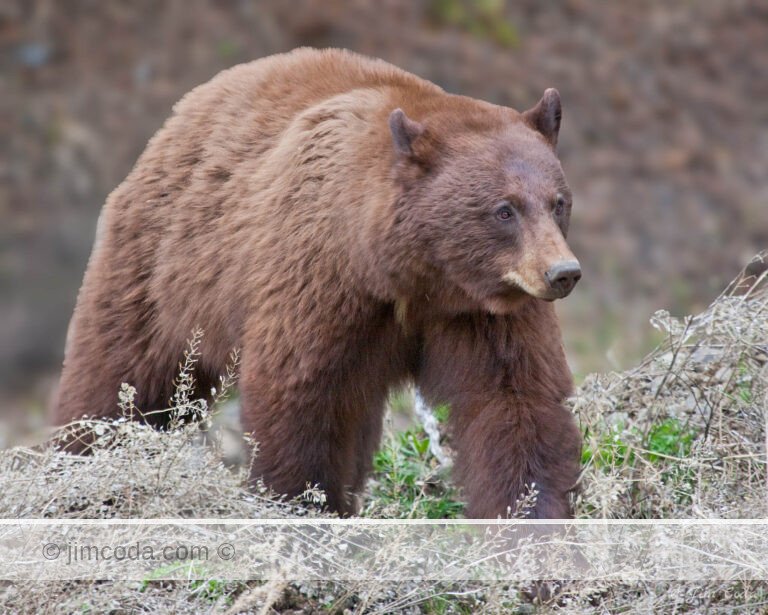Tag: boar
“The Other Boars just Call Him Sir!”
When I look at this boar I think of Jim Croce’s...
A Walk on the Beach
Here’s another photo from my trip to the Silver Salmon Creek area of Lake Clark...
Yesterday’s post ended with mama bear attacking her cub. While I said that I thought it was probably...
No articles found
Prints for sale
Browse my selection of photos for sale as fine art prints
Filter by category
Sorry, no prints in this category









